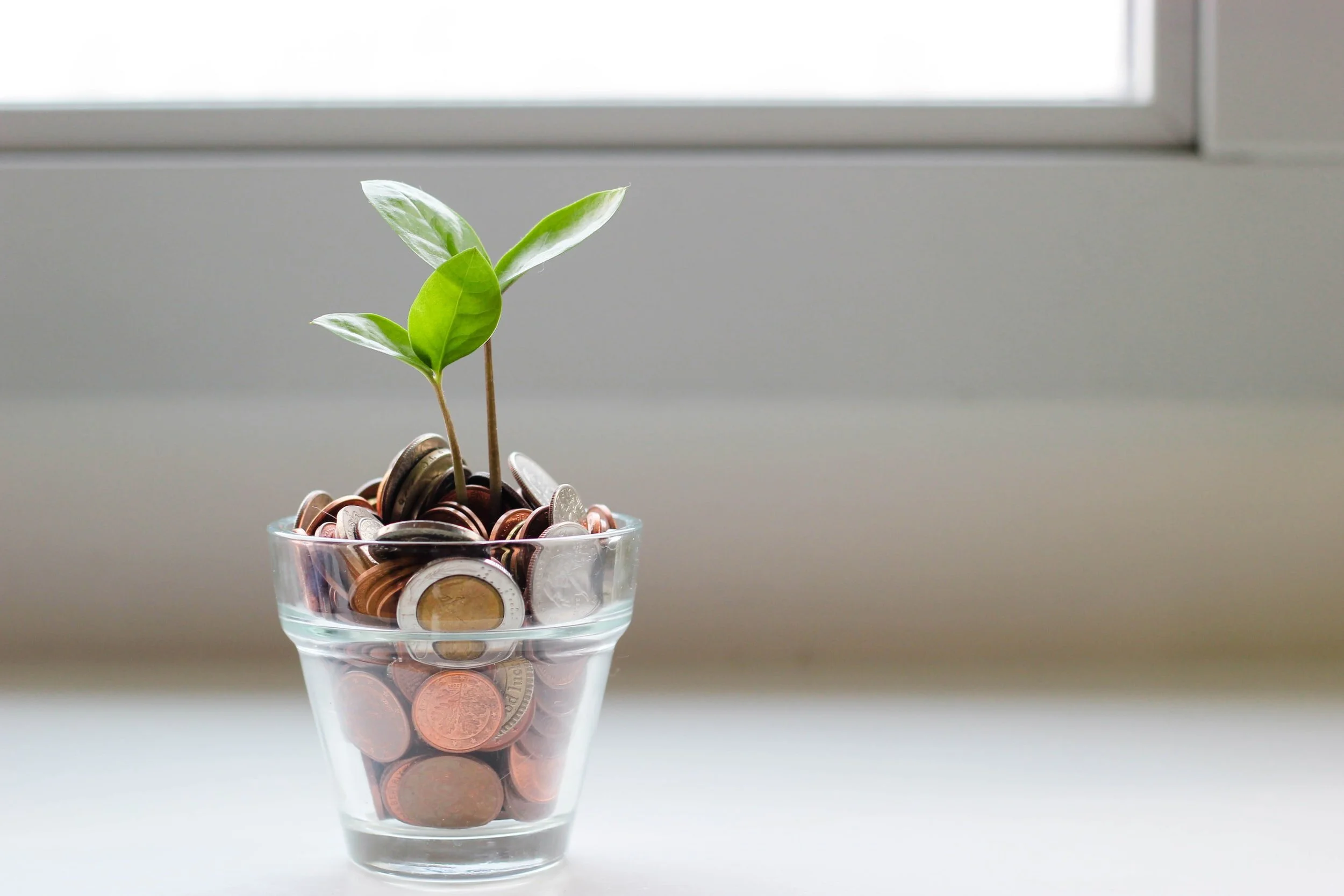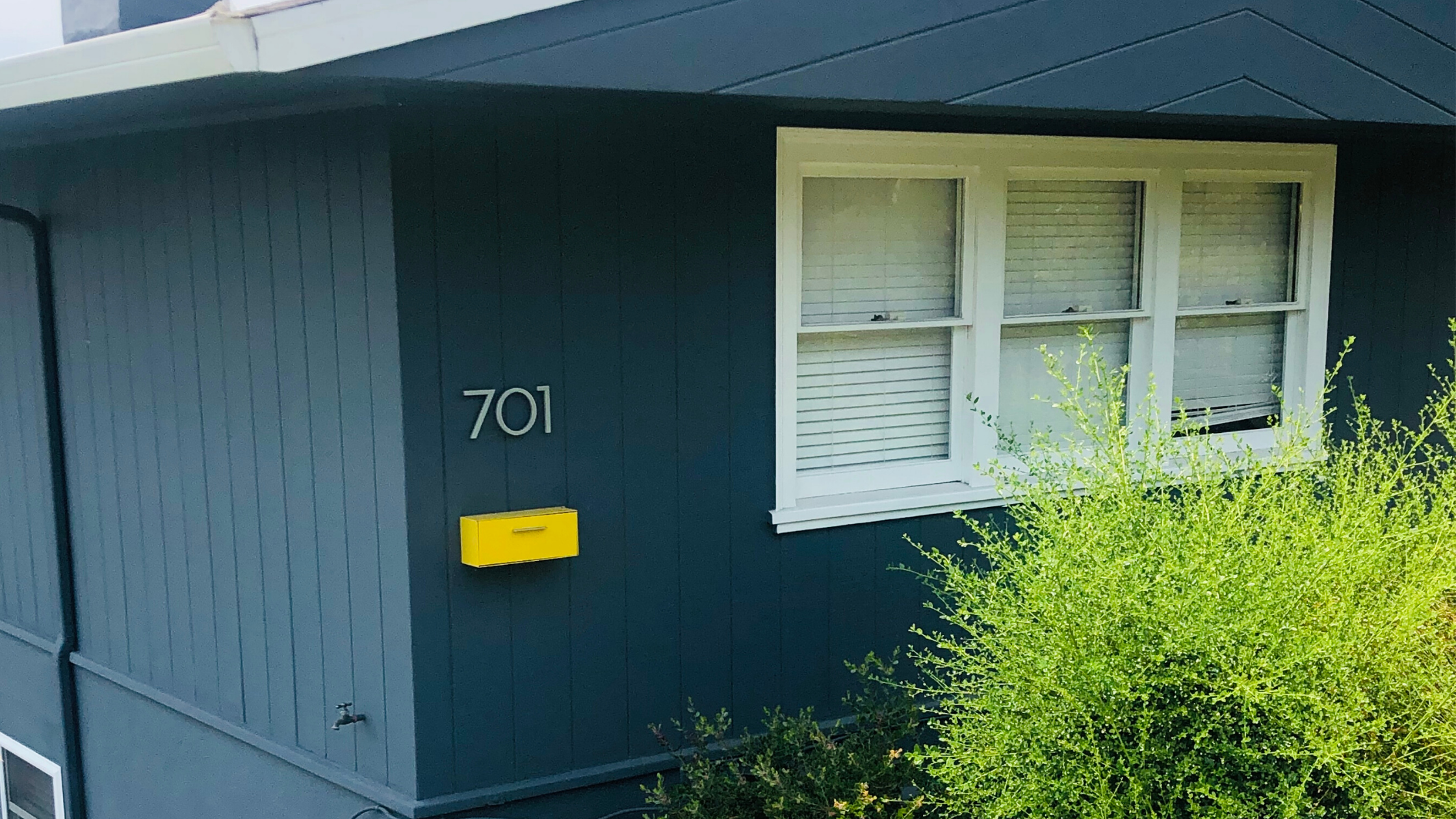Edible Gardening Checklist for Zone 10a: February Tasks
Photo by Taya Dianna on Unsplash
February is an exciting month for gardeners in Zone 10a, because spring is just around the corner. The mild winter climate allows for a variety of gardening activities, from planting cool-season crops to preparing for the upcoming warm-season. Here's a checklist tailored for your February gardening tasks:
General Garden Maintenance
Prune Dormant Deciduous Plants:
Prune dormant deciduous plants such as flowering vines, fruit and shade trees, grapes, roses, and hydrangeas.
Soil Preparation:
Prepare the soil by digging in cover crops and incorporating “hot” manures.
Irrigation System Check:
Do a test run on the irrigation system and complete needed repairs.
What to Plant in February
Zone 10a's climate allows for a variety of planting options in February.
Vegetables:
Direct Sow:
Root Crops: Carrots, beets, turnips, radishes, and potatoes can be planted directly in the garden.
Peas: Plant peas directly in the garden.
Start Indoors:
Warm-Season Crops: Start seeds indoors for tomatoes, peppers, eggplants, and basil, as they require 4-8 weeks of growth before setting out.
Herbs:
Cool-Season Herbs: Plant parsley, cilantro, dill, and chives, which thrive in cooler temperatures.
Fruits:
Bare-Root Planting: Plant bare-root artichokes, asparagus, blackberries, grapes, raspberries, rhubarb, and strawberries.
Flowering Plants:
Cool-Season Annuals: Plant cool-season flowers such as pansies, nemesia, and primrose.
Harvesting Checklist
Vegetables Ready for Harvest:
Continue harvesting cool-season crops like kale, lettuce, spinach, broccoli, and cauliflower.
Root vegetables such as carrots, radishes, and beets sown earlier in the season should be ready for harvest.
Herbs Ready for Harvest:
Parsley, cilantro, dill, and chives are ready for light harvesting.
Soil and Fertilization Tips
Soil Testing:
February is a great time to test your soil's pH and nutrient levels. Amend the soil as needed based on the test results.
Fertilization:
Apply a balanced organic fertilizer to cool-season crops. Be cautious not to over-fertilize, as plants grow more slowly in cooler weather.
Additional Tasks
Weed Management:
Remove weeds early to prevent them from taking over garden beds. If you have oxalis in your yard, good luck!
Composting:
Add kitchen scraps and garden waste to your compost pile. Turn it regularly to speed up decomposition for spring planting.
Protect Sensitive Plants:
Use frost cloth or row covers for any frost-sensitive plants during colder nights.
By focusing on these February-specific tasks, your Zone 10a garden will be well-prepared for a productive year ahead. With proper care, you can enjoy continuous harvests and a thriving garden all year long!












When it comes to creating a home that’s both beautiful and responsible, the brands we choose make a big difference. By supporting companies that prioritize sustainability and social responsibility, we can align our purchases with our values.